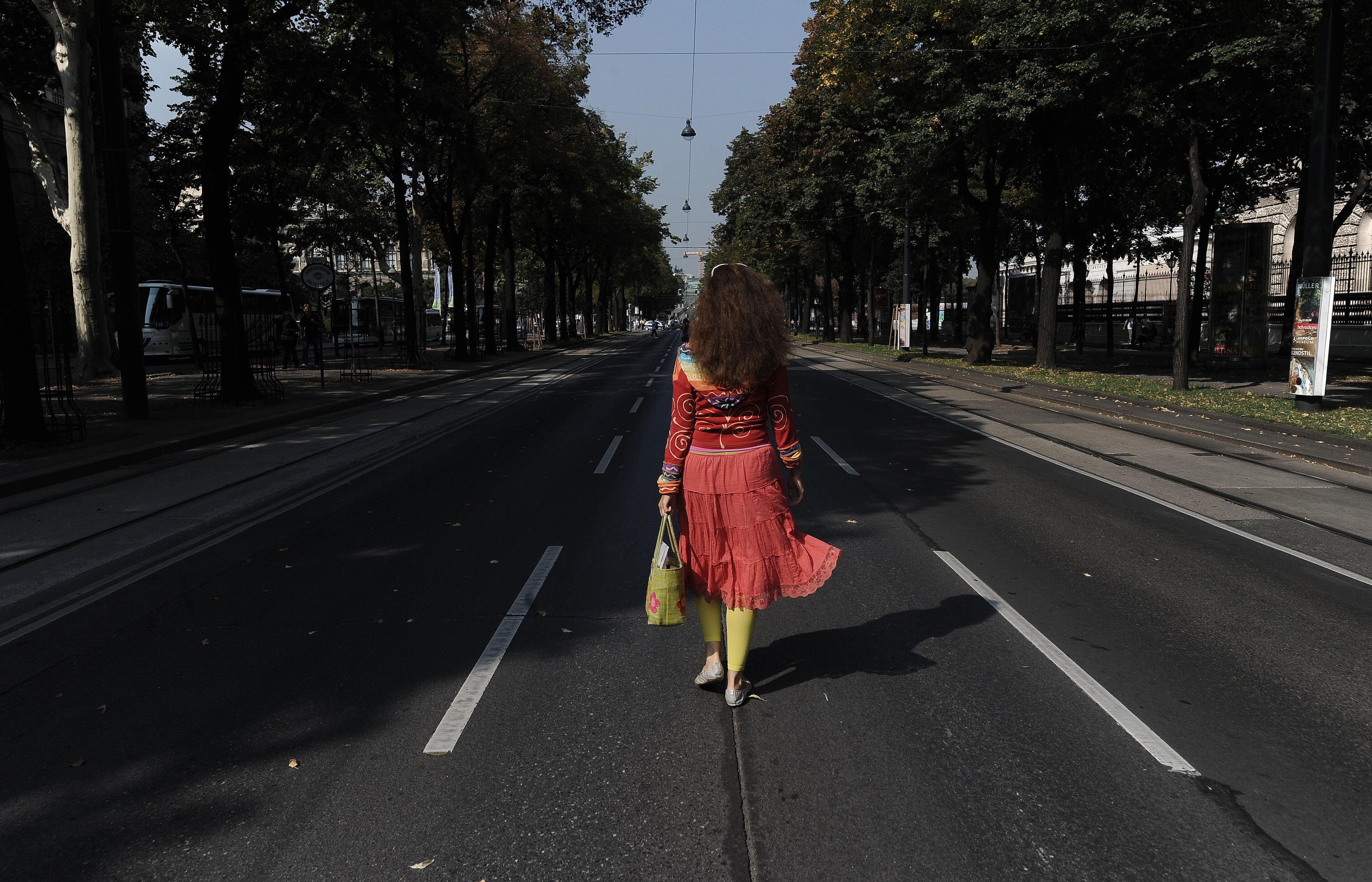Writing for Atlantic Cities, Clare Foran takes a fascinating look at how Vienna, Austria redesigned its city to accommodate women. In 1999, city planners asked residents to fill out a survey about how they use public transportation, and found stark gender divides in how people spent their time—and therefore how they used the city.
The majority of men reported using either a car or public transit twice a day—to go to work in the morning and come home at night. Women, on the other hand, used the city’s network of sidewalks, bus routes, subway lines and streetcars more frequently and for a myriad reasons.
One big reason is that women still are tasked with handling the majority of domestic responsibilities—grocery shopping, hauling kids around, completing chores. Women are the schleppers. As irritating as this conclusion is, the city’s response was pure gold: They started the long process of reorganizing infrastructure to ease intra-neighborhood running around, instead of just focusing on commute-based transportation. That means wider sidewalks and more ramps for pedestrians pushing carts and strollers, closer schools and drugstores, and more courtyards where children can run around while you run errands.
These changes benefit everyone, as anyone who has had to share a narrow sidewalk with a woman pushing an enormous double stroller can attest, and should men ever start taking up their fair share of domestic labor, they’ll be grateful that Vienna has been organized to make that easier.
What’s really fascinating is that Vienna’s city planners found that gender inequality is baked into the very structure of our cities. There’s a lot of talk about how our educational systems and work environments make it difficult for women who endure this “second shift” to compete with men, and how this contributes to things like pay inequity. But what the Vienna situation shows is that even things like sidewalk width and pharmacy location are holding women back, adding more hassle and hours of non-paid labor to their days—something that can be fixed with better urban planning.
In a different study about how men and women use park space, city planners found that changing the infrastructure can help dissuade more direct forms of oppression aimed at the female half of the species, at least when it comes to girls.
The study, which took place from 1996 to 1997, showed that after the age of nine, the number of girls in public parks dropped off dramatically, while the number of boys held steady. Researchers found that girls were less assertive than boys. If boys and girls [wound] up in competition for park space, the boys were more likely to win out.
The planners responded by redesigning two parks to create more discrete sections, instead of simply wide open spaces, so that the girls who were feeling bullied and pushed around by the boys could just go to a different part of the park. The plan worked, and girls immediately started using the parks more.
Now if they could just come up with a way to rearrange sidewalks and streets to discourage street harassment. Vienna, we’re looking to you to make it happen.
